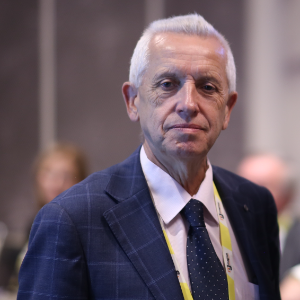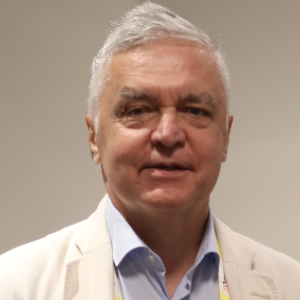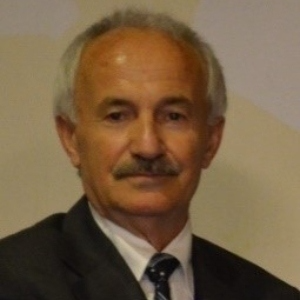- Photocatalysis and photoreactors
- Photo and electrodeposition
- Electrocatalytic and photocatalytic processes
- Synthesis and solar chemistry
- Electrolysis and corrosion
- Corrosion Prevention
- Novel electrocatalysts
Photochemistry:
Photochemistry is the category of chemistry treated with the chemical effects of light. Commonly, this phase is used to describe a chemical reaction influenced by the absorption of ultraviolet (wavelength from 100 to 400 nm), visible light (400–750 nm), or infrared radiation (750–2500 nm).
Photochemistry is the primary process for all of the photobiology. When a molecule embodies a photon of light, its electronic formation changes, and it responds conversely with other molecules. The energy that is absorbed from light can happen in photochemical changes in the absorbing molecule, or in the next molecule (e.g., photosensitization). Every kind of molecule has a different choice for which of these different mechanisms it uses to discarded absorbed photon energy.
Photobiology:
Photobiology is mainly defined to cover all biological aspects including non-ionizing radiation. It is noticed that photobiological responses are the result of chemical and/or physical variations induced in biological systems by non-ionizing radiation.
Electrochemistry:
Electrochemistry is the knowledge of electricity and how it compares to chemical reactions. In electrochemistry, electricity can be produced by actions of electrons from one element to another in a reaction is called redox or oxidation-reduction reaction and it is the part of chemistry involved with the interrelation of electrical and chemical variations that are produced by the passage of current.
In electrochemistry two kinds of electrochemical cells: galvanic, also called Voltaic, and electrolytic. Galvanic cell defines its energy from automatic redox reactions, while electrolytic cells include non-spontaneous reactions and thus need an external electron source like a DC battery or an AC power source.
Electrochemistry has a number of various uses, particularly in industry. The sources of cells are used to create electrical batteries. In science and technology, a battery is a device that deposits chemical energy and makes it possible in an electrical form.

Stanislaw Dzwigaj
Sorbonne University, France
Dai Yeun Jeong
Asia Climate Change Education Center, Korea, Republic of
Sergey Suchkov
N.D. Zelinskii Institute for Organic Chemistry of the Russian Academy of Sciences, Russian Federation
Enrico Paris
CREA-IT & DIAEE, Italy
Rabeharitsara Andry Tahina
GPCI-ESPA Antananarivo University, Madagascar
Jiri Dedecek
J Heyrovsky Institute of Physical Chemistry , Czech Republic
Uday Som
Research and Development Engineer, Japan
Vladimir G Chigrinov
Hong Kong University of Science and Technology, Russian Federation



Title : Distant binuclear vanadium V(II) cationic sites in zeolites and their reactivity
Jiri Dedecek, J Heyrovsky Institute of Physical Chemistry , Czech Republic
Title : Advanced nanostructures for carbon neutrality and sustainable H₂ energy
Tokeer Ahmad, Jamia Millia Islamia, India
Title : Personalized and Precision Medicine (PPM) as a unique healthcare model via bi-odesign, bio- and chemical engineering, translational applications, and upgraded business modeling to secure the human healthcare and biosafety
Sergey Suchkov, N.D. Zelinskii Institute for Organic Chemistry of the Russian Academy of Sciences, Russian Federation
Title : Antibody-proteases as a generation of unique biomarkers, biocatalysts, potential targets and translational tools towards nanodesign-driven biochemical engineering and precision medical practice
Sergey Suchkov, N.D. Zelinskii Institute for Organic Chemistry of the Russian Academy of Sciences, Russian Federation
Title : Dimethyl ether synthesis from syngas over Cu-Zn/Al2O3 catalysts prepared using the Sol-Gel method
Uday Som, Research and Development Engineer, Japan
Title : Influence of various catalysts on H₂ enhancement and CO2 capture during syngas upgrading
Enrico Paris, CREA-IT & DIAEE, Italy
Title : Photoaligned azodye nanolayers : New nanotechnology for liquid crystal devices
Vladimir G Chigrinov, Hong Kong University of Science and Technology, Russian Federation
Title : Application of vanadium, tantalum and chromium single-site zeolite catalysts in catalysis
Stanislaw Dzwigaj, Sorbonne University, France
Title : Oxidation of methane to methanol over pairs of transition metal ions stabilized in the zeolite matrices
Jiri Dedecek, J Heyrovsky Institute of Physical Chemistry , Czech Republic
Title : The Concept and Implications of Low Carbon Green Growth
Dai Yeun Jeong, Asia Climate Change Education Center, Korea, Republic of